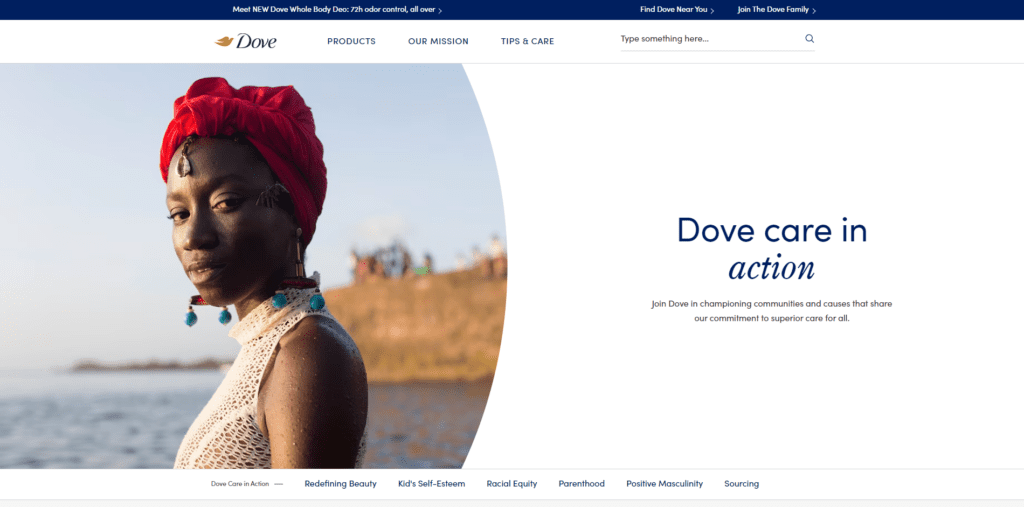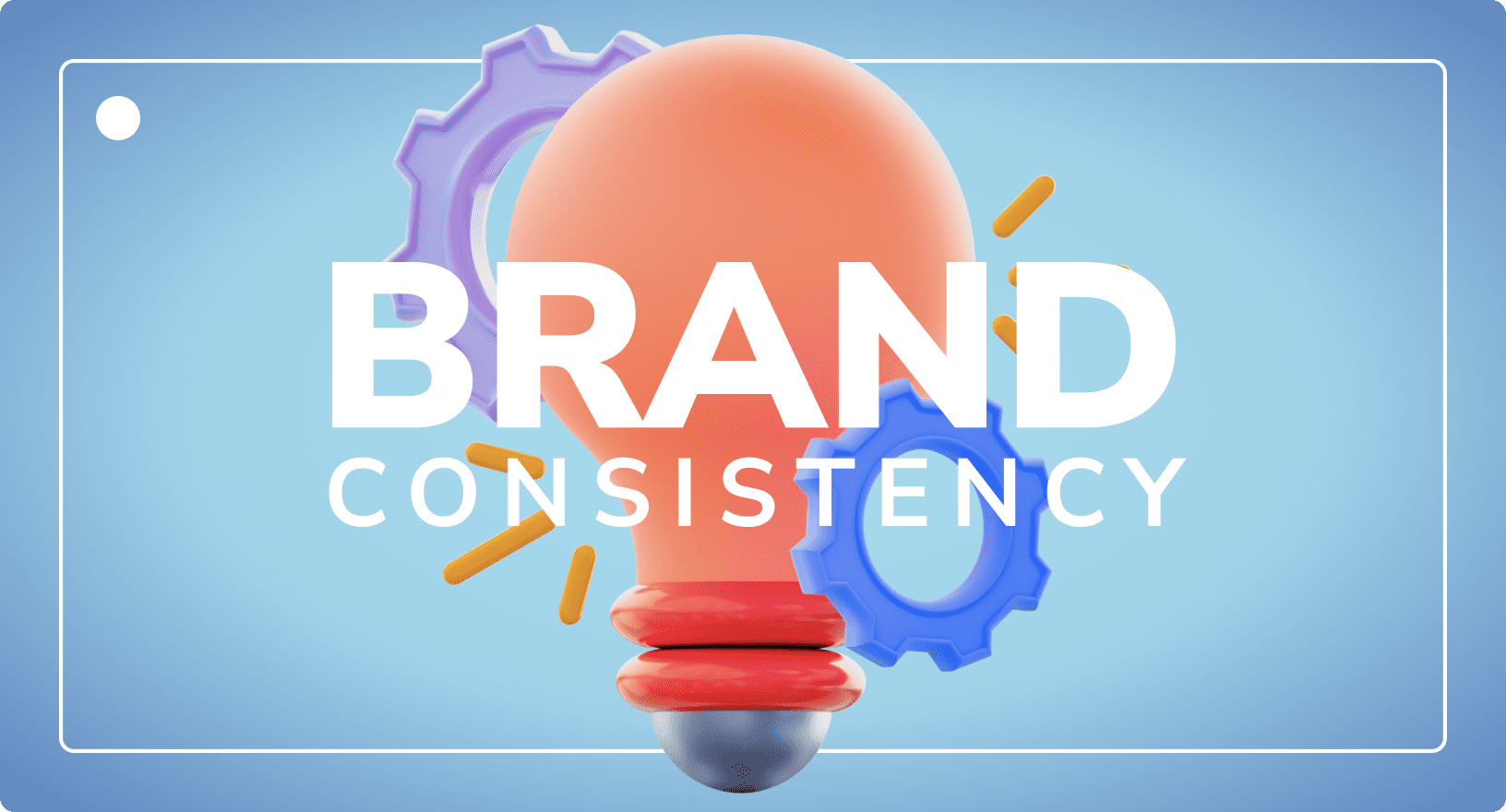10 Must Have Brand Assets for a Consistent Identity – with Examples
Digital Asset Management
Updated on November 13, 2025
For businesses to relate with their target audience and set themselves apart from other competitors, it is essential to develop a strong and recognisable brand identity.
A brand’s identity defines what a firm is at its core, what it stands for and what it wants customers to think of it when they do business with it. Brand assets play an important role in shaping and communicating this brand identity.
This blog post introduces businesses to crucial brand assets needed when building a strong brand image. By using examples that illustrate such brand assets’ importance, businesses can better understand how these elements influence their overall market perception and branding practices.
Understanding Brand Assets
In the competitive market, brand assets are the building blocks of a brand and help differentiate it. Logo, slogan, visual style, and brand voice fall into this category.
These assets, usually composed of visual components, create a consistent and coherent brand experience across various touch points. Every element functions as a way to reinforce a company’s values, unique selling proposition, character traits, or goods offered.
As the essence of a brand, brand assets are crucial in defining the way the target audience perceives a particular company and thus impact the market.
What Are Brand Assets?
On the surface, brand assets might seem like a mere collection of documents or resources. But there’s more to them than that.
Brand assets are the building blocks of a brand’s DNA – the fundamental ingredients that shape its character and make it different from others.
As mentioned above, there are various types of brand assets, visual and media assets being the most common.
These include logos, unique brand colours, typography, package designs, images and illustrations that provide a visual layout that represents who a company is, thus making it possible for clients to remember them.
Beyond visuals, they also comprise non-visual elements such as tone of voice, brand promise and mission statement, which help define the company’s brand assets and personality.
Types of Brand Assets
The consistency of brand assets has a direct impact influence on how consumers perceive and recall a brand from memory.
Brand logos, typography, colour schemes, and design elements are often the most commonly identified brand aspects.
These images distinguish a particular brand from its competitors. Additionally, the use of digital assets such as images, videos, 3D models, and other digital files further strengthen brands’ online presence and increase their visibility in the digital space.
Most Popular Brand Asset Types
Logos
Fonts & Typography
Mission & Values
Marketing Materials
Websites
Colours
Brand Voice
Social Media Accounts
Tag Lines
Seasonal Brand Guidelines
However, apart from visible or intangible visual backgrounds, emotions need to be considered, too. These incorporate the company’s identity, message, and general storytelling techniques.
How all of these things combine is a topic known as brand management. It’s important to remember – in e-commerce, a powerful brand strategy can overcome a bad marketing effort. But great marketing cannot overcome a poorly perceived brand.
Logos
When you think of well-known trademark signs like Nike’s check, the golden M for McDonalds or Apple’s minimalist symbol on its products, you’ll appreciate how important logos are in brand identification. These serve as a recognisable demonstration of the company’s name and brand values.
A good logo makes it easier for consumers to identify a brand among competitors. It works as a visual stimulus that initiates recollection and develops customer brand trust.
Brand Colours
The colors chosen to represent a brand’s essence are not just about aesthetics; they also evoke emotions that shape a general view of the brand.
A consistent colour palette is important for maintaining uniformity and ensuring consistency across all brand touchpoints. This helps create repeatable patterns that help identify the company at one glance and add to the brand value.
For instance, an outdoor sporting goods company might use an earthy, naturalistic colour palette to blend with its outdoorsy environment.
On the other hand, a technology-oriented brand can choose smooth and modern colours that signify minimalism and innovation in line with the overall branding concept.
Brand Fonts
Typography is very important in crafting a compelling identity for a brand. It brings out emotions and reveals a brand’s soul. Typography entails using type elements to create coherent and powerful visual languages.
The choice of fonts can significantly influence brand perception and recall. Like colours and logos, fonts build unique, memorable brands.
For example, Disney’s whimsical font instantly brings up sensations of magic and fantasy that go well with its brand. In contrast, Google’s simple yet bold typeface represents the brand’s clean, modern look.
The correct choice of a brand’s logo and fonts is important for improving readability and reinforcing a business’s image.
Brand’s Voice and Tone
Having one constant brand voice and tone is important because it helps build a consistent identity for the brand.
When one brand uses the same voice and tone across all platforms, it starts to gain the trust of its audience.
Using such consistency within their branding strategies reassures customers that they know what to expect from the company, thereby creating familiarity.
Developing consistency requires a clear understanding of what a brand stands for. Starting with a definition of the company’s style guide will be helpful.
Businesses should look for adjectives that describe how the brand sounds, such as sophisticated, fun-loving, or reliable.
These definitions form the basis upon which businesses should ensure that their brands sound across different communication channels.
Brand’s Mission and Values
The character of a brand and how it relates to its audience are strongly influenced by its mission and values. The mission statement summarises what the brand is about and provides direction on how to achieve this goal. It serves as a compass that shows the way to reach the brand’s targets or objectives.
On the other hand, a brand’s values serve as principles that guide or inform decisions during the decision-making process. These values provide solid grounds for the brand’s culture and determine its relationship with customers, employees, or society in general.
Elements of a Strong Brand Identity
In a highly competitive business environment, having a unique and long-lasting brand identity is important. The strategic combination of successful brand names and design elements is the key to building an engaging and consistent image for target customers.
From logos to colour palettes, typography, and messaging, all these contribute to creating a visual language that can immediately identify the brand.
Digital Brand Assets
Digital brand assets are a subset of the digital content and resources owned and employed by a business. They can be visualised as photos, video clips, texts, or multimedia objects.
Digital asset management is vital to branding, because it helps people stay consistent with brand guidelines by ensuring the right people have the right materials at the right times.

Need Help Managing Digital Brand Assets? Download Our Playbook!
Download Free NowSocial Media Accounts and Posts
All brands that wish to connect with their target audience must be visible on social media platforms. Social media accounts are crucial points of connection between a company and its customers, thereby creating brand loyalty.
Consequently, these profiles, in terms of style, content, and responsiveness, have a hand in sculpting public opinion and influencing how an audience interacts with the brand displayed.
Starbucks provides one of the best examples in this area by effectively employing different social media platforms to engage customers, introduce new goods and exhibit their marketing philosophy.
Website and Digital Platforms
A well-planned website can shape how people view a brand and its online presence. As the primary source of information and user engagement, a brand’s website should reflect its identity through design, content, and user experience.
Amazon is an outstanding example of how a brand’s assets and web designs are aligned with their identities. Amazon offers users easy navigation around the site, personalised offers, and other user-friendly options, consolidating the company’s reputation for being customer-oriented.
Marketing Materials
Marketing materials play a vital role in making a brand presence cohesive and impactful. This means that the way these materials are presented must remain consistent across digital and print media to earn trust and recognition from clients.
Maintaining a Consistent Brand Identity
The representation of a business by its brand serves as the initial point of contact with prospective customers. This determines how potential customers perceive the company and its products and is necessary for attracting and keeping them interested.
Consistency in branding guarantees an organised and professional outlook and makes consumers feel that they can rely on that brand.
Marketing endeavours rely upon brand consistency for a solid foundation. Businesses build familiarity and trust with their targeted audience by using a consistent look and message throughout all brand touchpoints.
This kind of regularity helps boost customer confidence, thus further supporting the credibility and authenticity of a particular brand.
Brand Guidelines
Establish and follow brand guidelines for your brand’s visual identity and messaging. These rules serve as a guide for using different brand elements in various marketing channels. As such, this ensures that businesses have a unified and cohesive identity and image that customers can easily identify with.
Typically, comprehensive brand guidelines include things like logo usage, colour palettes, typography, tone of voice, imagery styles, and design layouts.
They provide marketers and designers with instructions on how to apply these elements in different contexts, enabling them to create consistent and on-brand communications.
Brand Asset Management
Brand asset management refers to the techniques and tools employed to systematise and make use of different brand assets.
Through online ads, packaging, and product design choices, all these brand assets help shape the overall brand image. Consequently, a coherent system must be established to manage these resources together.
A unified platform, like a DAM solution, can be used to manage brand assets effectively.
A DAM system keeps your assets organised, and helps you utilise them for effective communication with target audiences.
Managing Assets with DemoUp Cliplister
With DemoUp Cliplister, you can upload all your brand assets like videos and 3D models into the DAM and syndicate them to the product pages of 450+ online shops worldwide.
Plus, you can organise them into categories, share them with relevant stakeholders, and integrate into any existing workflow to help you get the most out of your brand’s collateral.
Book a consultation with us today to learn how you can use the DemoUp Cliplister DAM platform to maintain brand consistency and leverage your brand assets like never before.
10 Examples of Effective Brand Assets
In its simplest form, branding goes beyond mere visual elements like logos and taglines. According to Oxford, branding represents the use of advertising strategies and distinct design components to market a product or service.
Here are some more examples of brand assets.
Example 1: Iconic Logo
Coca-Cola is an international iconic drink with a rich heritage in branding dating back to the late 19th century. In 2011, Coca-Cola employed a brave marketing and branding strategy referred to as “Share a Coke.”

This innovation was different from other branding practises, where they customised the packaging of their Coca-Cola bottles and cans with popular first names. Even with a smaller logo and different text, anyone drinking a bottle with a red label knows it’s Coca-Cola.
Example 2: Distinctive Brand Colours
Netflix’s dedicated microsite provides detailed specifications for logo use, colour schemes, and positioning. This ensures that the brand is consistent across all touchpoints.

Netflix also gives users access to its brand guidelines so that they can make their own meaning out of their identity in relation to the company’s overall intention.
Example 3: Unique Brand Fonts
Instagram takes branding a step further with it’s unique brand font, called Instagram Sans. This font, customised using the Instagram Glyph icon as a base, is ubiquitous when visiting any of its websites.

As a result of this unified and recognisable branding approach, Instagram is seen as a trusted and dependable brand that speaks to its consumers. You can find out more about Instagram Sans at its official site.
Example 4: Consistent Social Media Presence
YouTube has laid down brand guidelines that are straightforward. They focus mainly on logo usage and best practises for maintaining a consistent social media presence.

The idea behind these instructions is to have a clear guide for external partners about the dos and don’ts.
Example 5: Engaging Marketing Campaigns
Brandland, Zendesk’s microsite, is an informative and interactive resource that provides well-rounded perspectives on the firm’s brand philosophy, visual identity, and copywriting guidelines.

In brief, this microsite offers a comprehensive view of the Zendesk brand from educational and aesthetic standpoints.
Example 6: Comprehensive Brand Guidelines
Audi’s brand guidelines are a perfect example of a smart and complete approach to business. They consist of many elements, such as corporate sound and dealer facility design.

In this precise document, Audi demonstrates its dedication to maintaining its premium brand reputation each step of the way.
Example 7: Consistent Multichannel Appearance
Uber has a dedicated webpage that serves as a central hub for its brand standards. This webpage has an elegant design and contains comprehensive instructions on various areas like logo use, colours, icons, motion graphics, and so on.

Moreover, the brand guidelines provide downloadable templates so that partners can easily adhere to Uber’s brand consistency across all marketing materials and communication channels.
Example 8: Seasonal Branding
Starbucks’ Brand Guidelines are a remarkable example of how to achieve a consistent look with seasonal products. It has different color palletts based on the four seasons and the types of drinks it sells during them.

The Starbucks brand guide was created to ensure that every location, container and promotional material has the same look and feel so as to provide a seamless experience for its famously loyal customers.
Example 9: Memorable Tagline
Nike is known for its famous, well-distinguished tagline, “Just Do It.” This popular phrase was developed in 1988 by Wieden+Kennedy, an advertising agency, and has since become a widely recognised line globally.

Example 10: Emotional Connection
Dove’s “Real Beauty” campaign has greatly impacted conventional beauty norms and advocated for self-acceptance.

The campaign’s inclusion of women with different body shapes, sizes, and ages, as well as its celebration of diversity, has helped this company establish a strong emotional connection with its customers.
Wrapping Up
Establishing and maintaining a strong brand identity largely depends on brand and visual assets. These include tangible and intangible elements applicable to various dimensions of a brand’s visual and emotional representation.
For businesses to excel in brand recognition and customer loyalty, it’s important that they constantly re-examine their brand assets.
This involves measuring how well the existing branding assets and tools define what a firm stands for and gauging how effectively it communicates with the target group. If any gaps or inconsistencies are found within these aspects, adjustments can always be made so that such features can be strengthened.
Frequently Asked Questions
Here are answers to some frequently asked questions about brand asset management and identity.
For more e-commerce tips and tricks, visit the blog.
Or return to the homepage to see our full product portfolio.
Brand assets are visual and intangible elements representing a brand’s personality, such as logos, taglines, typography, and values. They’re crucial for a brand’s identity as they create recognition, foster loyalty, and differentiate the brand from competitors.
Digital brand assets, such as websites, social media profiles, and digital advertising, play a vital role in shaping a company’s brand identity. They provide a platform for consistent visual representation, brand messaging, and customer engagement, ultimately influencing how consumers perceive and connect with the brand.
The core elements of a strong identity include a unique brand voice, brand equity, a distinct visual identity, a consistent brand message, and a clear understanding of the target audience.
Brand asset management ensures consistent use and application of brand assets across all touchpoints, including marketing, advertising, and communications. It streamlines brand identity and messaging, making building a strong and recognisable brand easier.
Effective brand assets consist of iconic logos such as the Nike swoosh, unforgettable slogans such as McDonald’s “I’m lovin’ it,” distinctive brand colors like Coca-Cola’s red, and unique typography like the elegant script of the Disney logo. These brand assets contribute to strong brand recognition.
Better Content. More Sales.

Fill out the form to discover our end-to-end eCommerce content solutions for brands & shops




